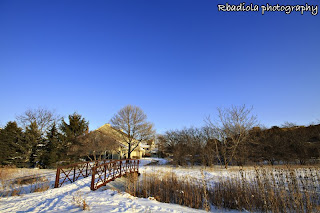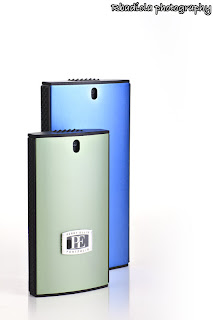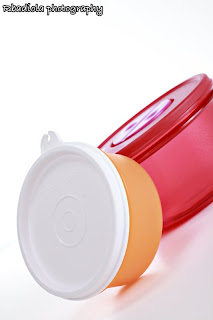This has always been a never ending discussion. People have always asked the question about which one is better. In my opinion, it's always up to you which suits you best. It all depends on your budget, the lens application, warranty, etc.
3rd party lens makers have come a long way in making their lenses very good or equal to oem lenses. Of course, purists will always say the oem lenses are better, that's their opinion. Oem lenses are better in some ways, not all.
I have seen professional photographers use 3rd party lenses all the time. Some say 3rd party lenses are for amateurs only, which will bring us to the discussion, what is a definition of a pro photographer? I'd like to discuss that right now but we will be off topic. But I will discuss about that in the future. For now let's just concentrate on the topic alone.
I use Canon cameras and there are 3rd party lens manufacturers that make lenses for Canon. Two of the most popular ones are Tamron and Sigma.
I currently own a Sigma 18-50 Ex 2.8 lens.

So far I love this lens for it's quality. Build and image quality all in all. It's not perfect but for how I use it, I can say that I cannot go on a shoot without this in my bag. The Sigma Ex line is supposed to be their premium lens line. Equivalent to the Canon L series lenses. Of course a lot of people would disagree that they are totally equal. I could have bought an L lens equivalent, or close...but I just don't have a thousand dollars to spend on a short zoom. It works good for me, so I can say I spent money on this one wisely. Before this lens, I used a Sigma 18-50 HSM OS lens, not bad at all but the sharpness on the corners wasn't really that good on that lens. To think, it's almost half the price of the EX version. So basically, the phrase "what you pay for is what you get" is applicable in this situation.
I used to own a Sigma 28-105 2.8-4 lens.

This was actually the first lens I bought after the kit lens that came with my Rebel XT. Quality wasn't bad at all with this one. I have used it for years till I realized I needed a better quality zoom. I sold this online and got almost the same price when I bought it brand new. Not bad for a lens that is like 5 years old.
I recently bought a Canon 70-200 2.8 IS lens and I love it. I was waiting for the Sigma 70-200 2.8 OS HSM to come out in May, but it really didn't happen. So I opted to go with the Canon so I wouldn't miss the early months of summer without a telephoto. So far I cannot put my 70-200 down. I cannot even take my hands off of it. So why did I go for the Canon instead of the Sigma in this case? For more than a thousand dollars, I'd prefer a lens that is calibrated right and built like a tank. That would save me time from sending the lens back to the manufacturer for recalibration.
3rd party lenses are good alternatives to the oem ones without breaking the bank. Quality control is an issue though when buying them. You buy a 3rd party lens and maybe you get a good copy of it, or maybe not. Though the warranty for third party lenses are superior to the oem ones. Performance also differs between the oem and the third party ones, although the high end third party lenses may be equal or close to the oem ones. All in all, it all depends on you. Do some research, see what is good and what is bad about the lens you are planning to buy. Go for whatever works and whatever makes you happy.




























































